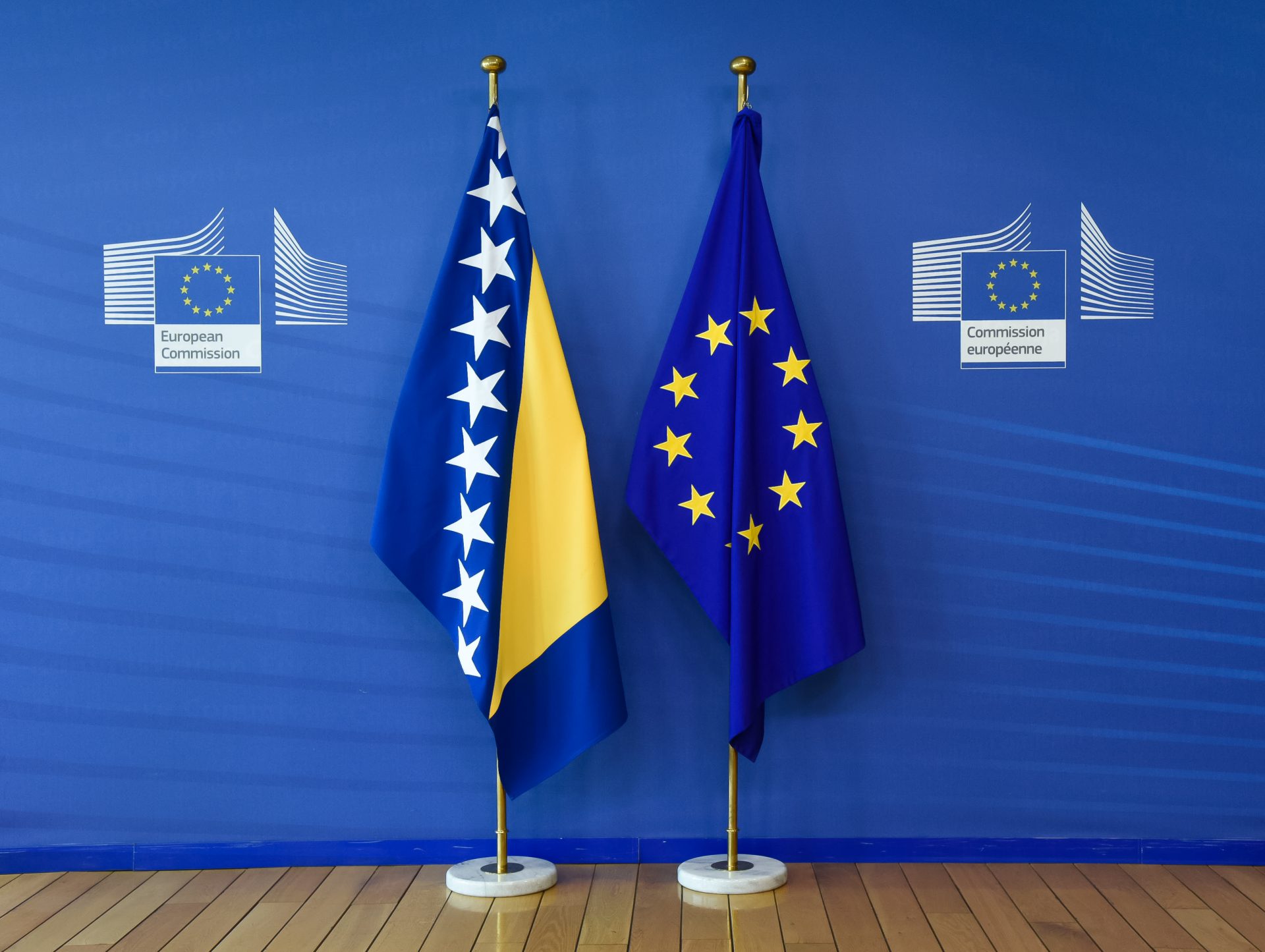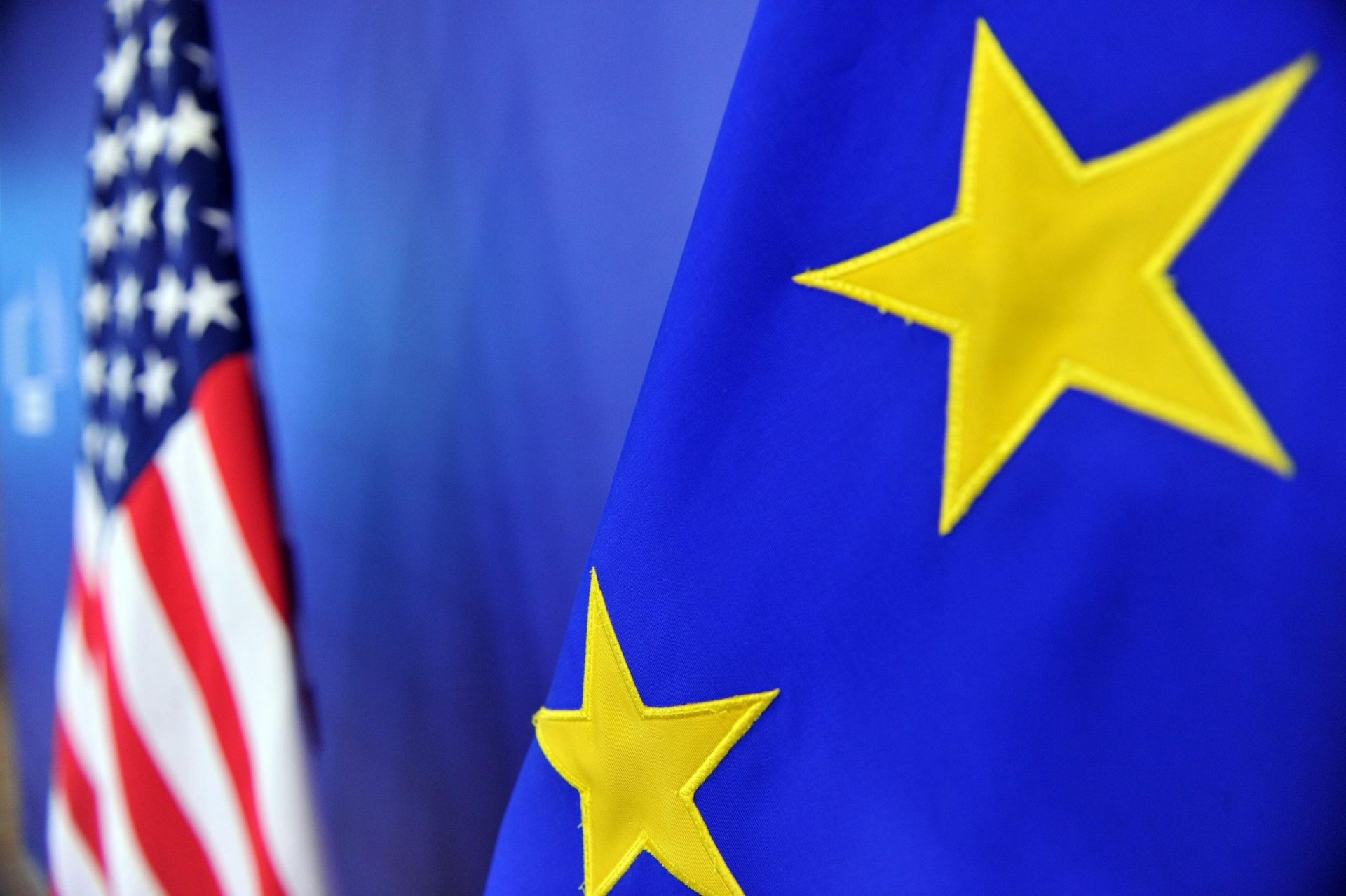
Following the new challenges in the international sphere caused by the global COVID pandemic and changes in the US Administration, it is crucial to reflect on the developments in the Western Balkan region, particularly Bosnia and Herzegovina (BiH). In December 2020, Bosnia and Herzegovina, together with the rest of the world, marked a quarter of a century after the Dayton Accords’ signature that brought the civil war to an end. However, until today Bosnia and Herzegovina is a deeply divided state inside its borders and is often explained as a vague, two-levels confederation with three ethnic communities “hardly manageable at the central level”[1].
After the announcement of Joe Biden’s win, interestingly enough, Sarajevo’s national library was coloured in the US flag with a picture of Joe Biden’s visit to Sarajevo thirty years ago[2]. That was a clear message that Bosnia and Herzegovina expect more attention from the new US administration than the “see-no-evil economic approach” of the Trump administration[3]. However, in Republika Srpska – one of BiH’s two entities – the US elections results were not satisfying for many.
COMMENTARY | Why is 2021 a Crucial Year for the EU’s Engagement in Bosnia and Herzegovina? — by @VGrganovic
For the entire paper
https://t.co/nGads66ldr pic.twitter.com/Wy1VxSndUq
— Vocal Europe (@thevocaleurope) March 22, 2021
Click Here to Read the Entire Commentary
______________________________________
[1] Dabrowski, M., & Myachenkova, Y. (2018). The Western Balkans on the road to the European Union. Bruegel Policy Contribution. https://euagenda.eu/upload/publications/untitled-133335-ea.pdf
[2] Al Jazeera Balkans – Why Biden’s victory may present an ‘opportunity’ for Bosnia. 13 November 2020
https://www.aljazeera.com/news/2020/11/13/bosnia-biden
[3] Edward P. Joseph (28 October 2020). How Trump Lost the Balkans. Foreign Policy. https://foreignpolicy.com/2020/10/28/how-trump-lost-the-balkans/



